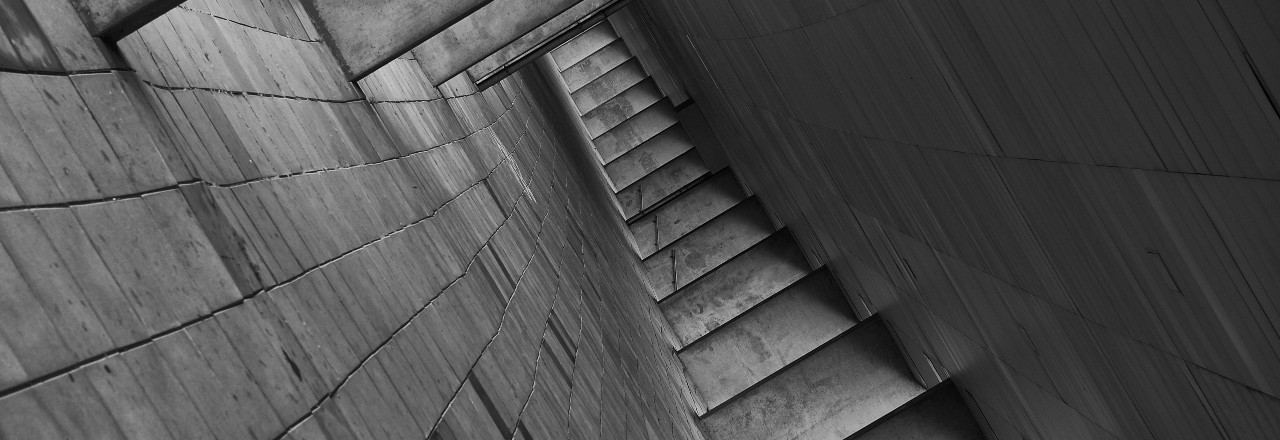
27 Jun, 2025/ by Surveyor Local /Tips
Buying a property built between the 1950s and 1990s? You need to know about RAAC (Reinforced Autoclaved Aerated Concrete) - a building material that's causing serious structural concerns across the UK. Here's everything property buyers need to know about identifying, surveying, and dealing with RAAC.
What is RAAC and why should property buyers care?
RAAC stands for Reinforced Autoclaved Aerated Concrete - a lightweight concrete material containing bubbles created through chemical reactions. Mixed with concrete, slag, and aluminium, with steel reinforcement rods, RAAC was widely used from the 1950s through the 1990s for quick, cost-effective construction.
The critical issue for property buyers: RAAC has a lifespan of approximately 30 years, meaning many buildings are now past their safe usage period.
How to identify RAAC in properties
RAAC was commonly used for:
- Roof construction - long planks fitted together
- Wall structures in some buildings
- Floors and beams in various properties
Properties most likely to contain RAAC include those built during the post-war building boom and continuing construction periods when speed and cost-effectiveness were prioritised.
Why RAAC poses serious property risks
The lightweight design that made RAAC popular is precisely what makes it dangerous today:
Water damage vulnerability: Moisture infiltrates the bubble structure, causing increased decay and making the material crumbly and friable.
Steel reinforcement corrosion: Water causes steel rods within RAAC to rust, compromising structural integrity of ceilings, beams, floors, and walls.
Collapse risk: Buildings with deteriorating RAAC face genuine risk of structural failure, particularly roofs and walls.
Even protective measures like bituminous paint coatings have limited lifespans and are subject to their own decay issues.
Current status: is the RAAC problem resolved?
Despite reduced media coverage since the initial 2023 headlines about school closures and home evacuations, RAAC remains a significant ongoing issue. The widespread use of this material across residential, commercial, and public buildings means remediation is:
- Expensive and time-consuming to repair or replace
- Structurally complex due to stability concerns during remediation
- Still being addressed across thousands of affected properties
While some successful remediation projects have been completed, many properties still require assessment and potential intervention. Recent reports show both the ongoing challenges and potential solutions, including cases where alternatives to demolition are being explored and examples of successful RAAC remediation work.
Essential RAAC surveys for property buyers
If you're buying a property built between 1950-1990, particularly if you suspect RAAC construction, professional surveys are crucial for understanding potential risks.
The RICS Level 2 Survey (HomeBuyers Report) is suitable for most conventional properties and provides a traffic-light rating system for easy understanding of structural concerns including RAAC. For more complex or older properties, the RICS Level 3 Survey (Building Survey) offers more detailed inspection with comprehensive analysis of structural integrity and is specifically recommended for properties with known or suspected RAAC.
Both surveys will identify problematic materials including RAAC and asbestos, providing essential information about current structural condition, risk assessment levels, potential remediation requirements, and cost implications for buyers.
What RAAC means for your property purchase
Discovering RAAC in a potential purchase doesn't automatically mean walking away, but it does require careful consideration of several factors.
Immediate concerns include current structural safety, usability of affected areas, and timeline for necessary repairs. Financial implications can be substantial, including remediation costs, impact on property value, and insurance considerations. Long-term planning must account for ongoing maintenance requirements and future structural monitoring needs.
Getting a detailed survey provides peace of mind and crucial information for making informed decisions about properties of concern.
Professional RAAC assessment and property surveys
Surveyor Local connects property buyers with chartered surveyors nationwide, all RICS members, ensuring professional delivery of comprehensive property assessments.
Our chartered surveyors specialize in identifying structural issues including RAAC, flood damage impacts, and other material concerns that could affect your property investment. They work diligently to provide thorough analysis of all potential problems, giving you the detailed information needed for confident property decisions.
For your no-obligation survey quote, call to discuss your property concerns, or use Surveyor Local's online quote generator. Simply provide your name, postcode, email, phone number, and approximate property value for an instant quote with email confirmation.
